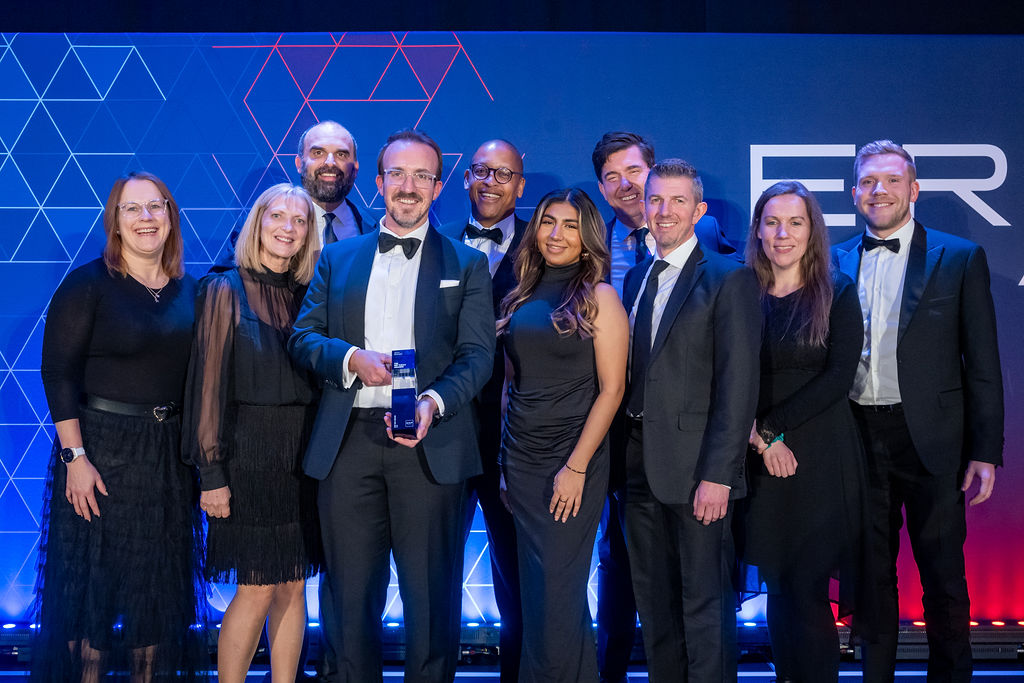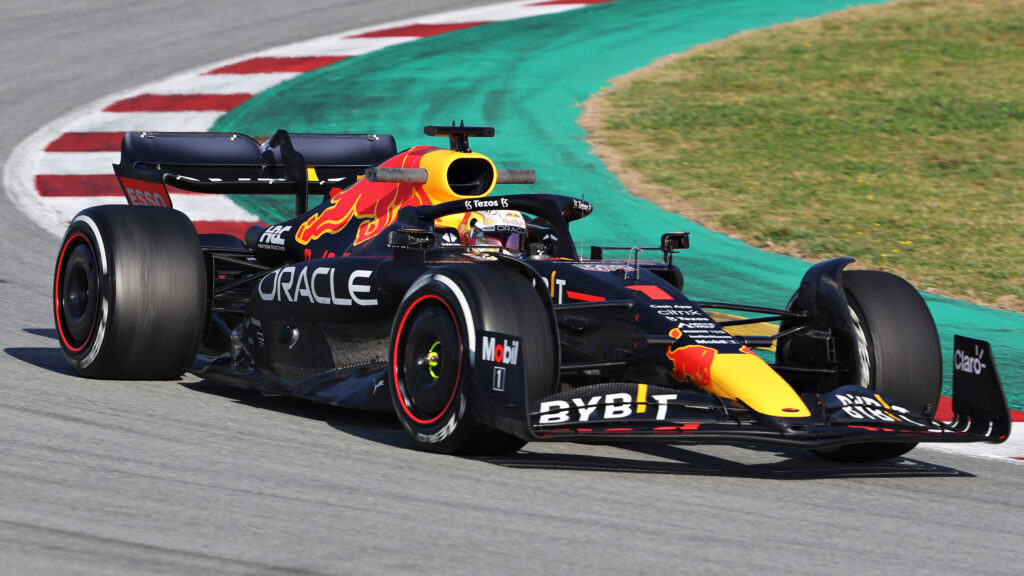It’s 2021 and ERP buyers are getting serious about their tech choices. They have several decades of experience to inform their next big purchasing decisions and many are making brave choices.
Twelve months ago I wrote an article entitled ‘It’s no longer a two-horse race’ that set out why I thought enterprise leaders had more choice than ever and how smaller vendors had largely caught up in terms of outright functionality. While it remains true that SAP and Oracle lead the field in terms of completeness of cloud capability many CxOs are asking themselves if all that functionality is actually going to help them move the needle.
In the vast majority of ERP implementations only a fraction of the functionality is ever used. Vendors have spent a decade refining their products and building ever more complex and sprawling applications which in demo format are compelling – but transfer that complexity and richness into an enterprise and see how much of it is being used 12 months post go-live.
As ERP applications have evolved they have become harder to manage, not easier. They are less integrated, not more. They are more complex to deploy, not simpler. And the icing on the cake is that all that complexity sits with the customer. If you are a global enterprise it is likely that you have at least two, possibly three or four, big technology stacks coupled with several public cloud platforms and your own data centre. The technology landscape has turned into a hairball and many enterprises that adopted pieces of technology as and when they emerged may well be left scratching their heads and asking; ‘How much time, money and attention are we spending on technology when we should be focussed on running our business?’
ERP architecture has to be simplified. In the same way that on-premise applications accrued customisations and technical debt over many years of use, cloud landscapes are being weighed down with the same burden, albeit from a different source. Technology was developed and implemented without the benefit of hindsight and many enterprises are now juggling an increasingly complex mish-mash of platforms, application suites and infrastructure models which are severely diminishing the effectiveness of the intended solution.
We are already twenty years into the cloud revolution – is it time to start again? I am certain that plenty of CIOs wish they could start with a blank piece of paper and reconsider some of the choices they made over the last two decades.
Today, enterprise leaders need their ERP applications to deliver consumer-grade experiences. They need intuitive and touchless processes that provide a positive experience for employees and exceptional moments of service to customers. They need to remove complexity and abstract it away from their business so that they can focus on high value tasks. They need to get back to driving their business forward rather than managing a circuitous technology landscape. Above all else they need to remember what technology is developed for; to make things quicker, easier and better – and then find a partner able to deliver on that.




